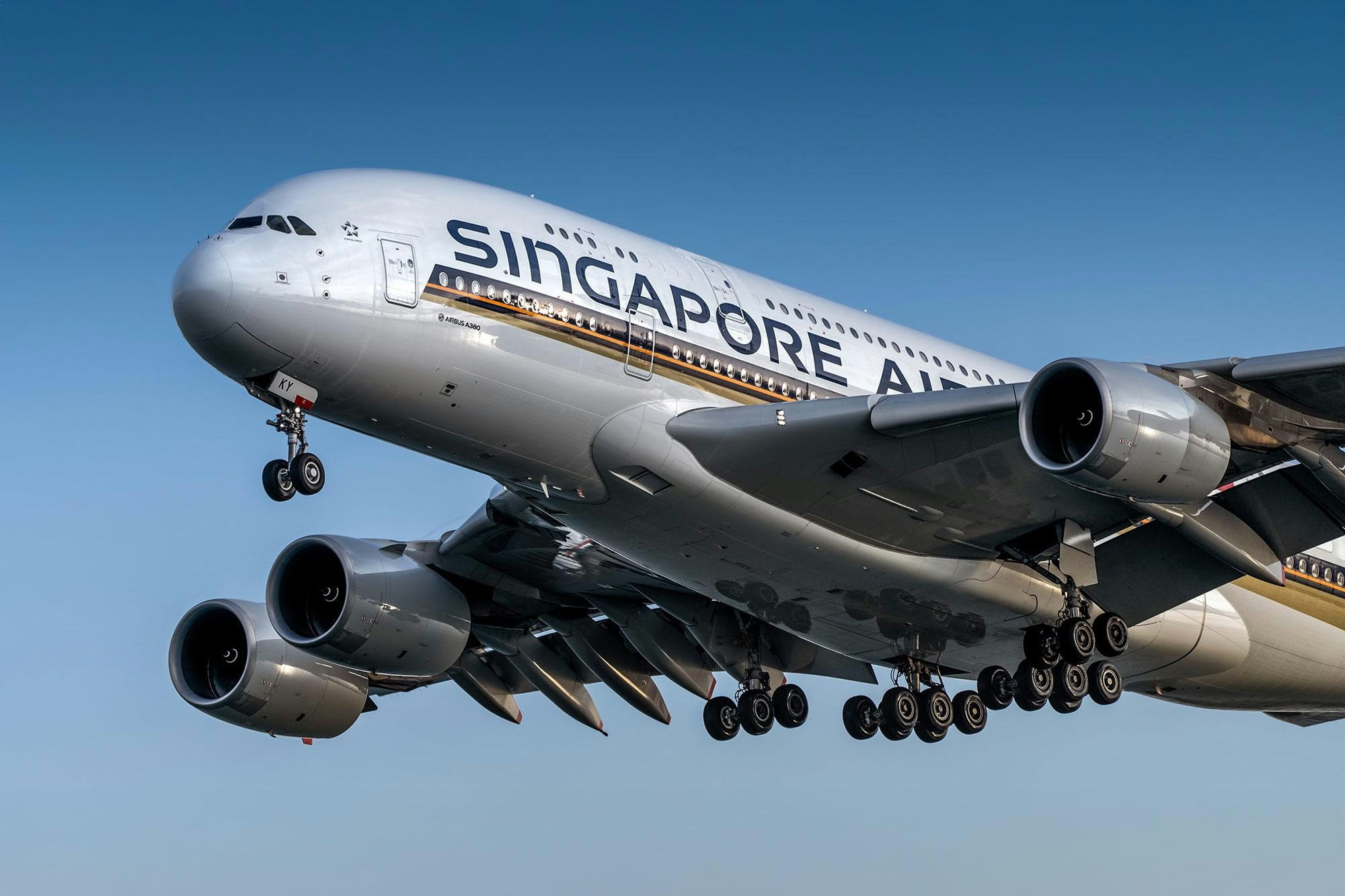
AeroGenie — Votre copilote intelligent.
Tendances
Categories
3TOP Acquires Trent 700 Engine Portfolio

3TOP Acquires Trent 700 Engine Portfolio, Expanding Wide-Body Market Presence
3TOP has completed the acquisition of two Rolls-Royce Trent 700 engines, serial numbers 41623 and 41624, marking a pivotal expansion into the wide-body engine sector. The Trent 700, widely recognized for its reliability and strong aftermarket performance on Airbus A330 aircraft, will be incorporated into 3TOP’s teardown and leasing inventory. This strategic addition enhances the company’s capacity to provide flexible and cost-effective solutions to its global clientele.
Strategic Expansion into Wide-Body Engines
This acquisition represents 3TOP’s inaugural entry into the Trent family of wide-body powerplants, extending its portfolio beyond its established focus on regional and narrow-body engines. Chief Executive Officer Chris Emechete highlighted the significance of the deal, noting that it aligns with the company’s broader strategy to invest in high-value assets with proven aftermarket credentials. The move is intended to diversify 3TOP’s offerings across multiple aircraft platforms, thereby strengthening its competitive position in the aerospace aftermarket.
The newly acquired Trent 700 engines will serve dual functions: they will be dismantled for parts reclamation and integrated into 3TOP’s leasing pool. This dual approach aims to support airlines and maintenance providers worldwide by reducing operational downtime and enhancing maintenance efficiency.
Market Challenges and Competitive Dynamics
While the acquisition signals growth, it also presents operational challenges. Integrating Trent 700 technology and maintaining service capabilities across both new and existing engine types will require meticulous management. The transaction is expected to draw scrutiny from competitors and regulatory authorities, who will assess compliance with industry standards and fair competition practices. In response, rival firms may intensify efforts to improve their engine maintenance services or accelerate the development of new technologies to counterbalance 3TOP’s expanded capabilities.
The broader aerospace market context adds further complexity. Recent reports indicate that RTX, a major aerospace sector player, has revised profit forecasts downward due to tariff-related costs. Such developments could influence competitive strategies and market dynamics, potentially affecting how companies like 3TOP and its competitors position themselves within the aftermarket engine sector.
Despite these challenges, 3TOP’s acquisition underscores its ambition to grow and diversify its product offerings for key customers worldwide. By incorporating the Trent 700 engines into its inventory, the company is poised to reinforce its role as a reliable partner in engine support and leasing within the aerospace aftermarket.

Biman Faces Worsening Fleet Shortage Amid Leasing Challenges
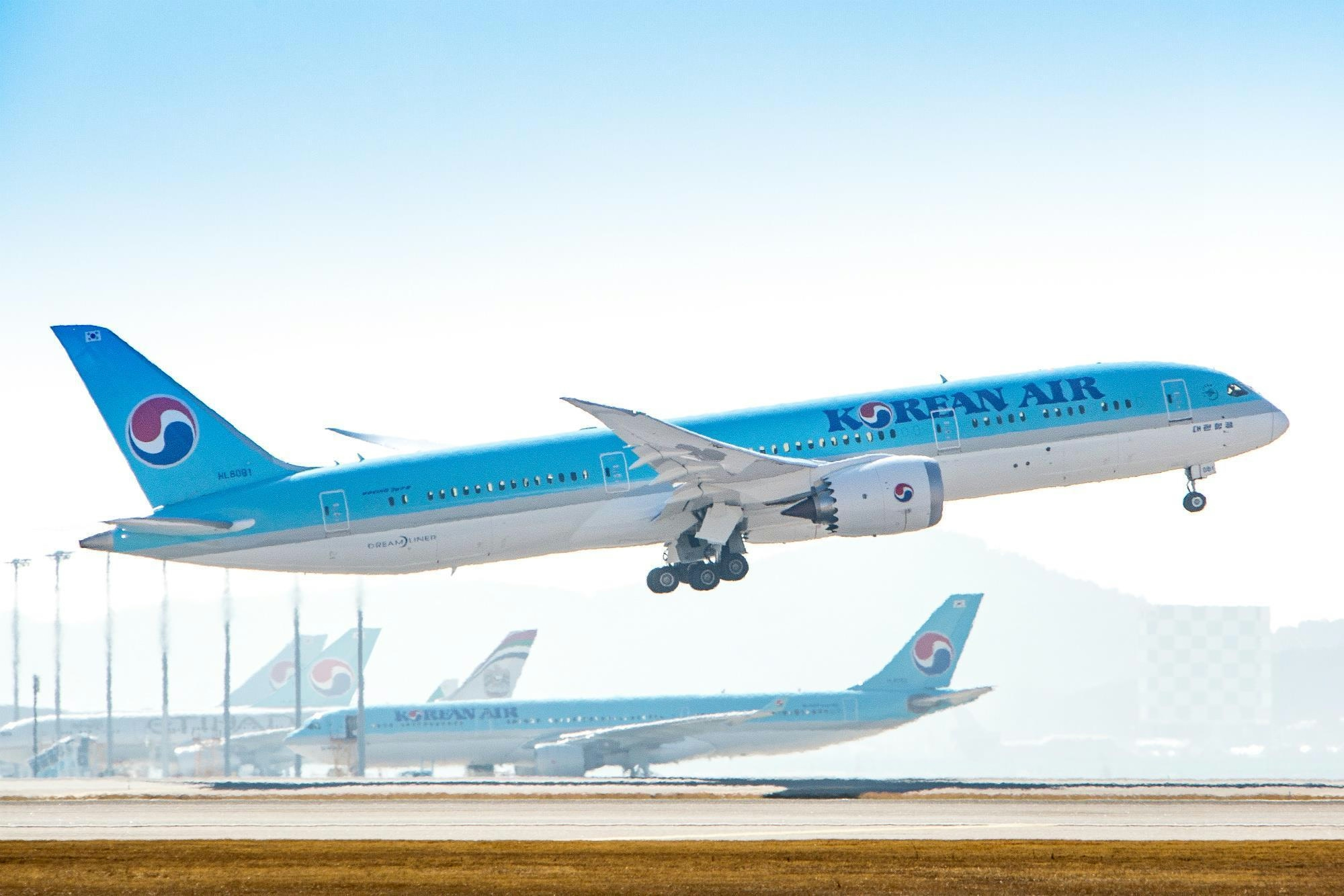
South Korea’s Eastar Jet Plans to Acquire Boeing 787s by 2027
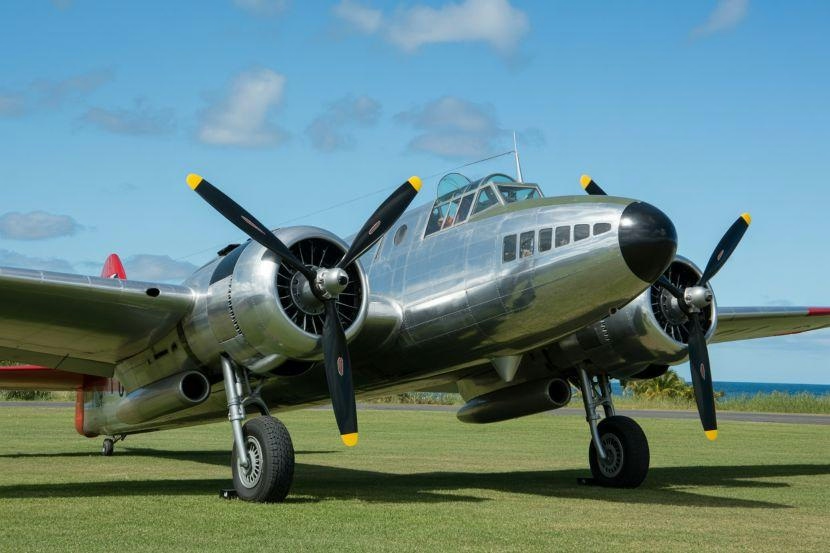
Clay Lacy Honored for Lifetime Achievement at Pearl Harbor Aviation Museum

VSE Acquires Aero to Expand Aviation Services
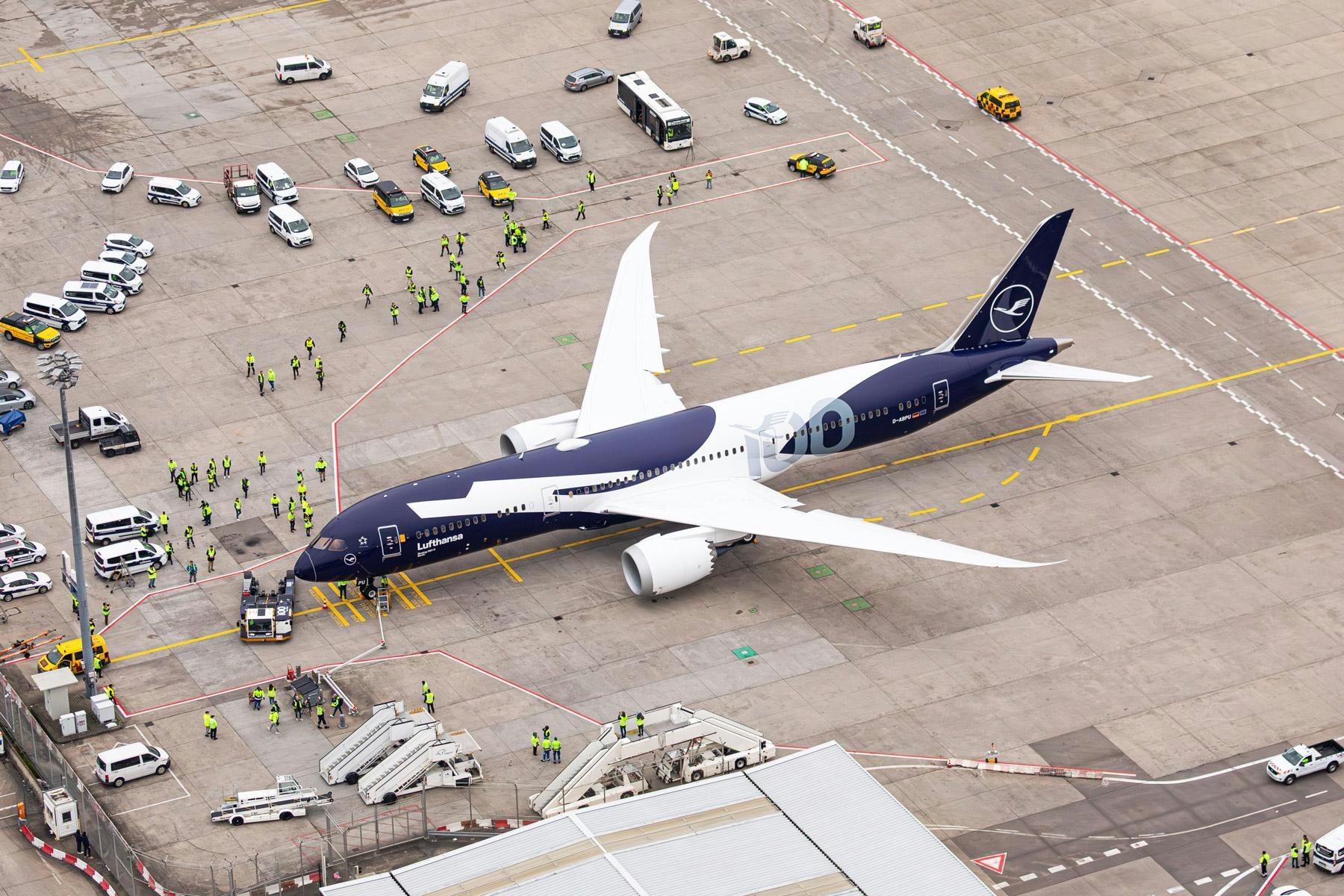
Lufthansa Receives First Boeing 787 on Anniversary
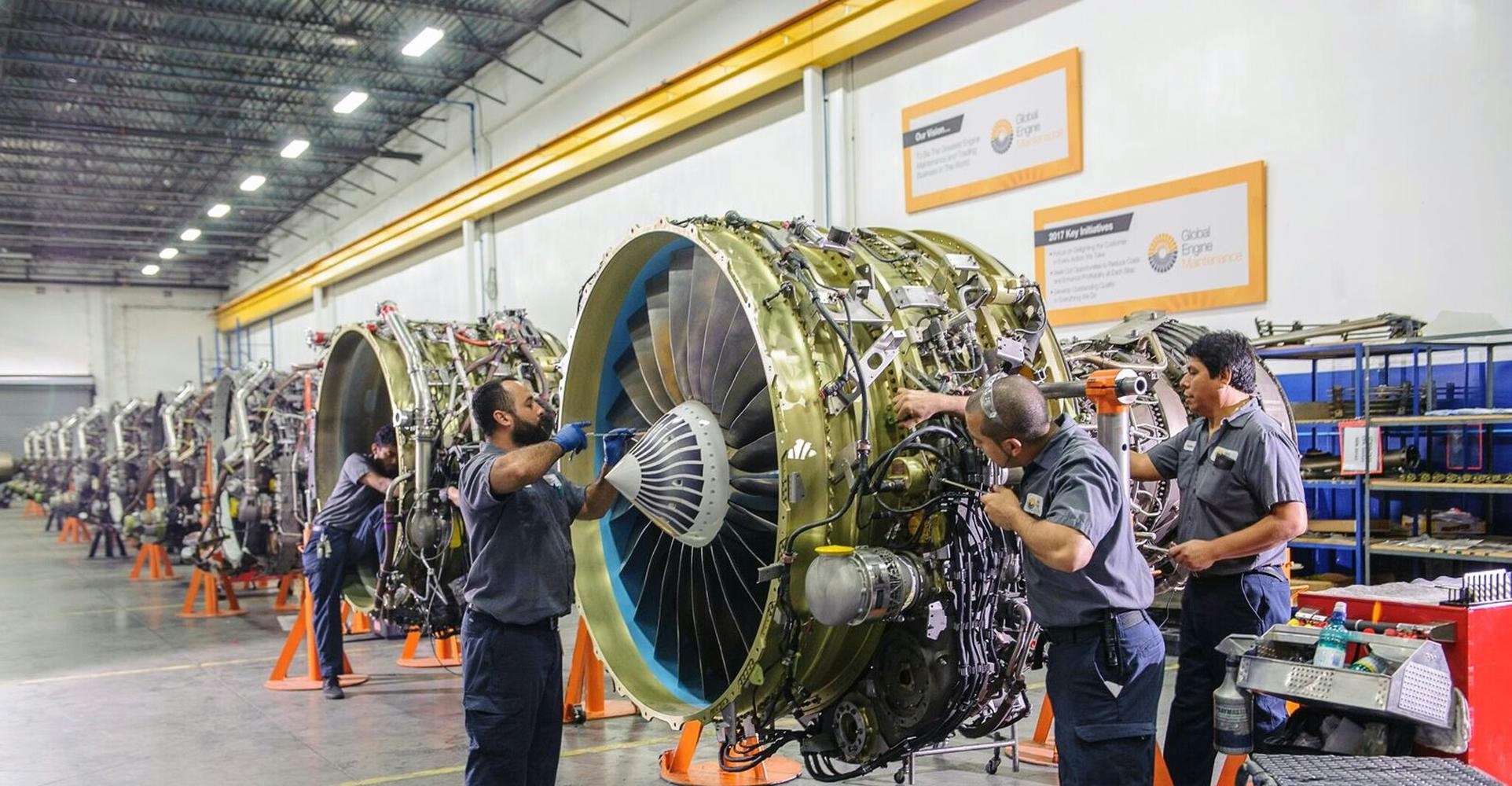
Willis Lease Finance Secures $600 Million Aviation Partnership
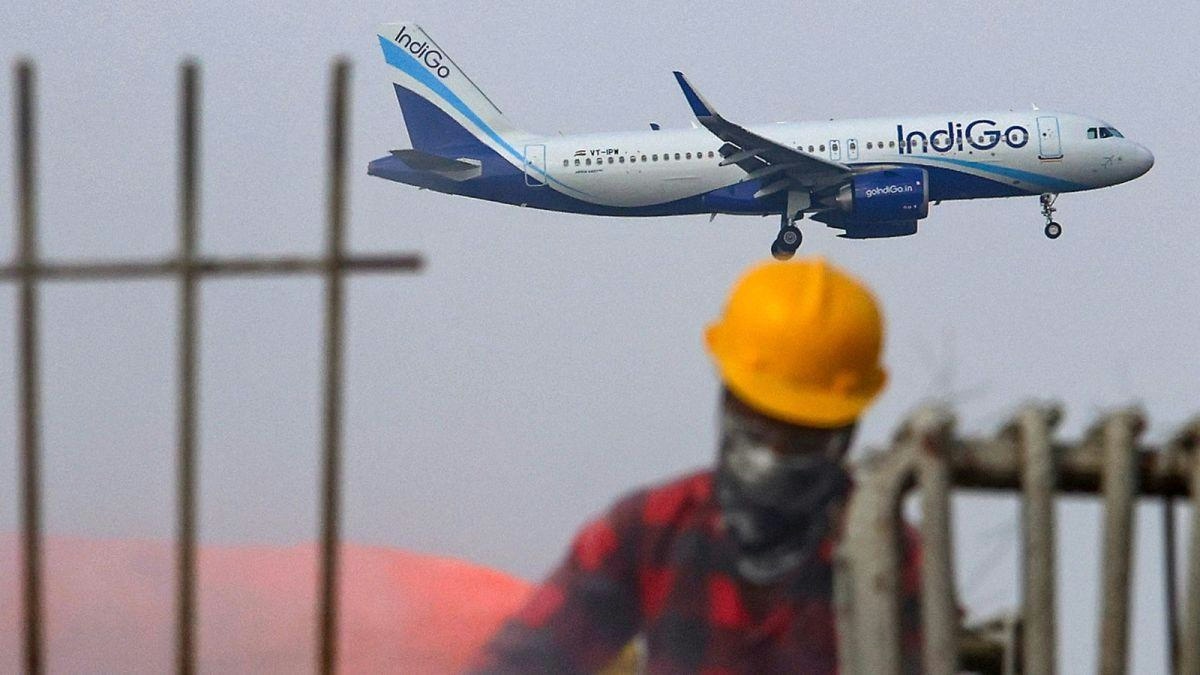
IndiGo to wet-lease 7 aircraft from Qatar Airways and Freebird to boost domestic capacity

Howmet’s $1.8B CAM Deal Targets the Aerospace Supply Chain’s Pressure Points

AI-Driven Airline Pricing Adds to Holiday Travel Stress
